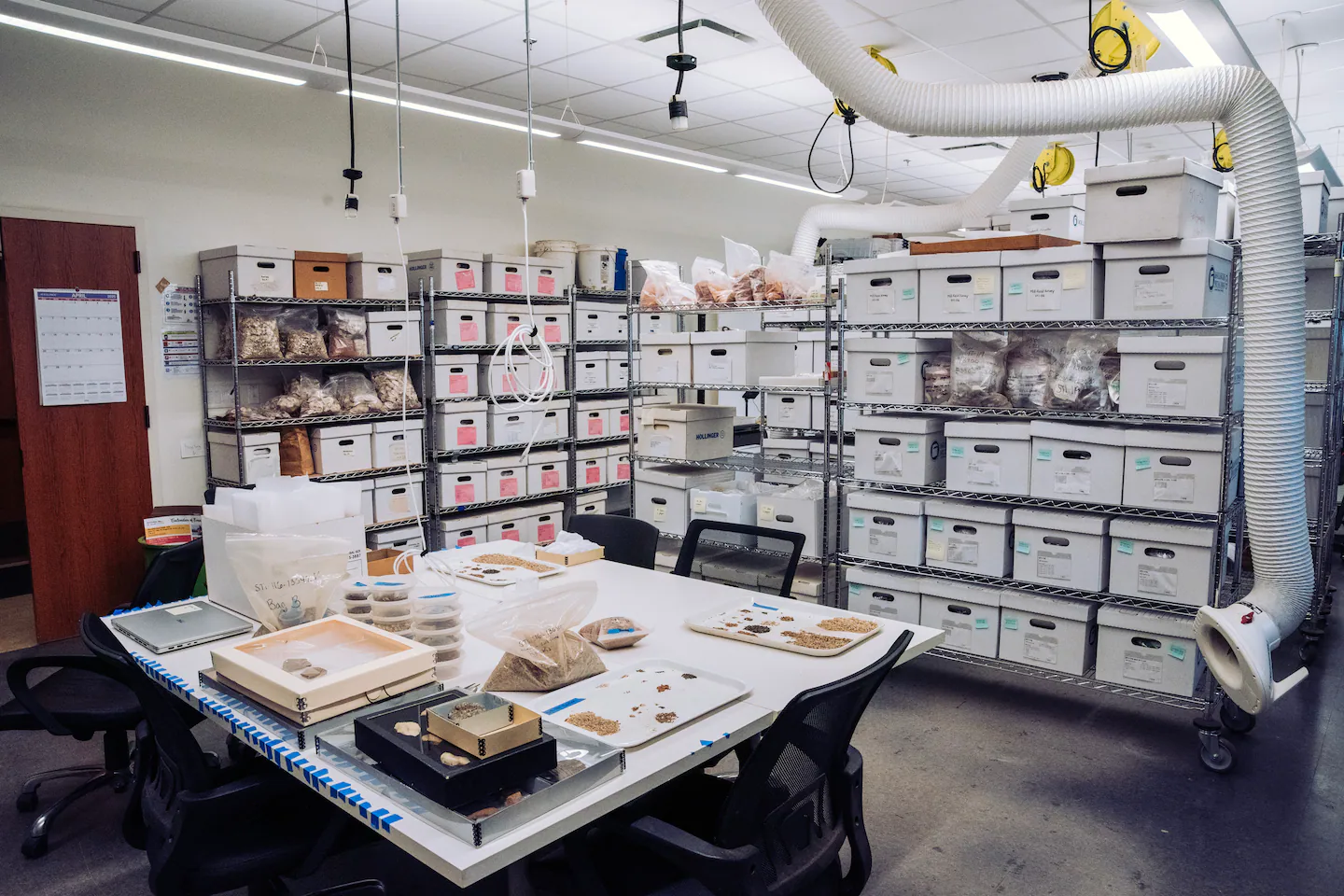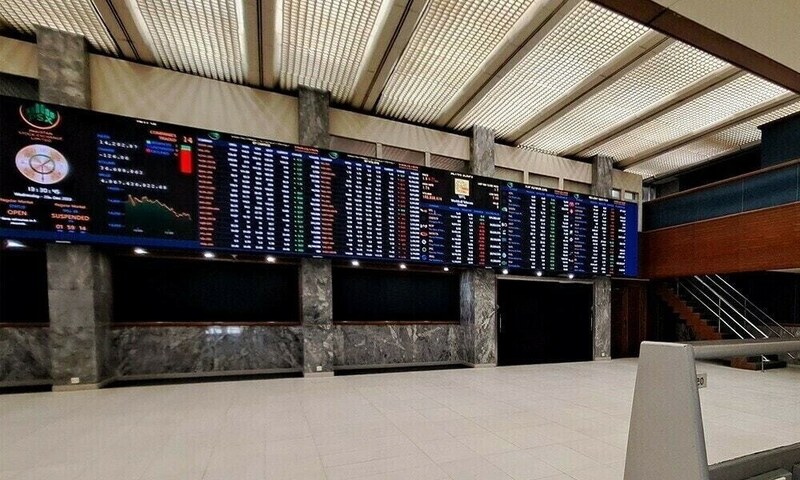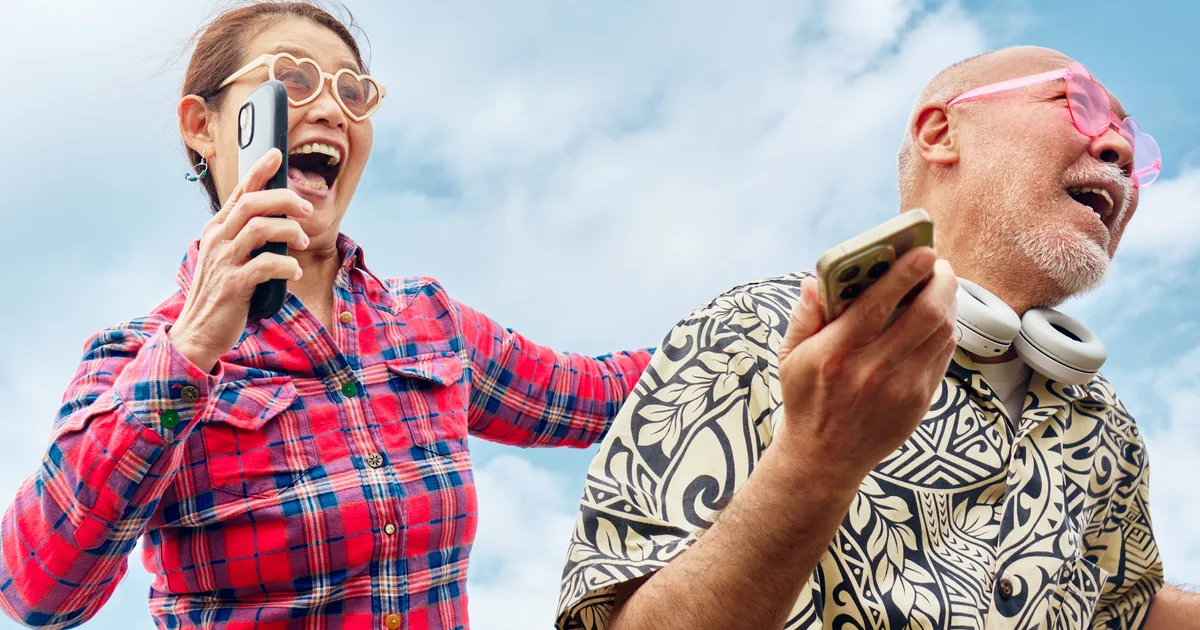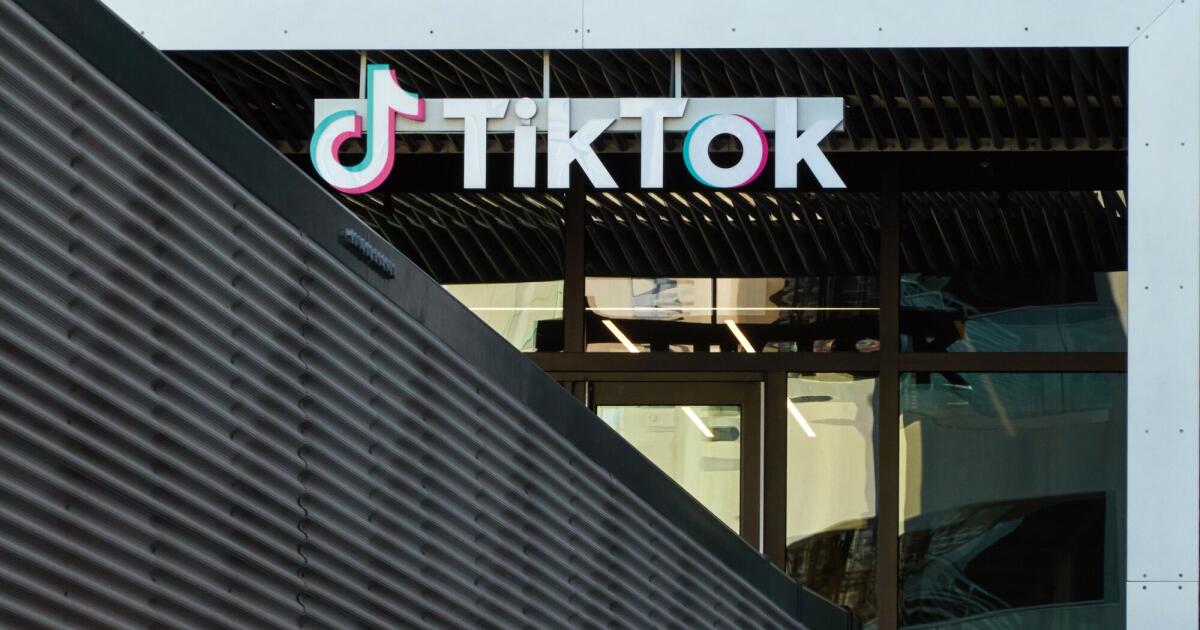
On Saturday, more than 30 years after scientists began studying them, the dead of St. Mary’s are scheduled to be commemorated following their reburial in a special vault beneath the rebuilt church.
A 10 a.m. procession and ceremony are set to mark their return. A coffin containing the bones of eight children will be carried to the church. The remains of the others were placed in the vault earlier in the week.
The event punctuates the end of an extraordinary project that occupied generations of archaeologists, anthropologists, and others who used science, technology, and research to learn how the colonists lived and died in one of the country’s first settlements.
“It’s been a very long time,” said Timothy B. Riordan, retired chief archaeologist with Historic St. Mary’s City, the state organization that began the project in 1988. “Never thought it would take this long.”
“I’ve always felt responsible for the people that we removed from the ground,” he said in a recent phone interview. “It was always our intention from the very beginning to put them back … so this is my last obligation.”
The remains have been in the custody of the Smithsonian National Museum of Natural History in Washington, where much of the project research was done. Last week, dozens of the special boxes containing the bones of Anne Calvert and the others were transported from the museum back to St. Mary’s.
Over the years, using genetics and the tools of other disciplines, experts were able to study 17th-century burial practices, coffin construction, and the bones of the deceased.
St. Mary’s, founded in 1634 by English Catholics fleeing oppression, was the first European settlement in Maryland and one of the earliest in what would become the United States. For years, it was a place where freedom of religion was paramount, according to historians.
Jamestown, Virginia, the first permanent English settlement in the US, was established in 1607.
In St. Mary’s, scientists pinpointed members of six different families among those exhumed at the church, said Douglas Owsley, a Smithsonian museum curator and biological anthropologist.
They found an African American boy of about eight years old buried in the remnants of what was a well-made coffin, judging by the surviving nails. Probably Catholic, he is believed to be the earliest known African American discovered in Maryland, said Henry M. Miller, a Maryland Heritage Scholar and project veteran at Historic St. Mary’s City.
They studied the remains of a young Irish man who had suffered multiple bone fractures over his life, as well as stunted growth from malnutrition or disease.
They found the remains of a man who may have been a Catholic priest who was wearing what could have been a religious medal.
They found babies who were buried on top of the remains of women who were probably their mothers. In such cases, both may have died in childbirth, officials said.
They puzzled over the remains of a sick infant who was buried beside Anne Calvert. The baby’s bones showed evidence of the ancient childhood disease, rickets.
For years, the child was thought to be a girl. The infant’s relationship to Anne Calvert was not clear.
It was not until 2016 that genetic experts at Harvard Medical School were able to determine that the baby was the son of Anne’s husband, Philip Calvert, and likely his second wife.
St. Mary’s, the first capital of Maryland, was abandoned after the seat of government moved to what is now Annapolis in 1694. The brick church, which had replaced an earlier church at the same site, was taken down, historians have said. The area became a pasture.
The outline of the church was first found by an archaeologist in the 1930s. As part of the project that led to the exhumations, there was a plan to rebuild the church on its original foundation to honor both the historic and religious significance of the site.
Most of the deceased were initially dug up to save them from planned construction work around the church foundation.
The move to rebuild the church was sparked, in part, by the discovery of three burials in the early 1990s.
They were those of Anne Calvert, her husband, Philip, a colonial governor and member of Maryland’s founding family, and the baby. They had been laid to rest in wood coffins sheathed in lead — the first to be discovered in North America, Miller said.
Philip’s coffin had wrought iron handles at its ends, Miller, Riordan, and Silas D. Hurry, the collections curator emeritus at Historic St. Mary’s City, wrote in a paper in 2004.
A study of Philip’s bones suggested that he was overweight and sedentary. Records show he lived in a grand house with a library and a wine cellar. When his coffin was opened, he still had a full head of neatly combed, shoulder-length hair, the experts reported.
Anne, however, had suffered a terrible injury to her right thigh bone, perhaps from a fall, Owsley said in a recent interview. Her broken femur was not properly set, and the bones were fused in a way that caused her foot to become twisted at an awkward angle, and her right leg was shorter than her left.
Infection set in and created a hole in the bone.
When her coffin was opened, some of her hair had survived and was analyzed, Owsley said.
“Hair grows about a centimeter a month,” he said. “We have 18 centimeters of her hair … [over] 18 months of her life.”



